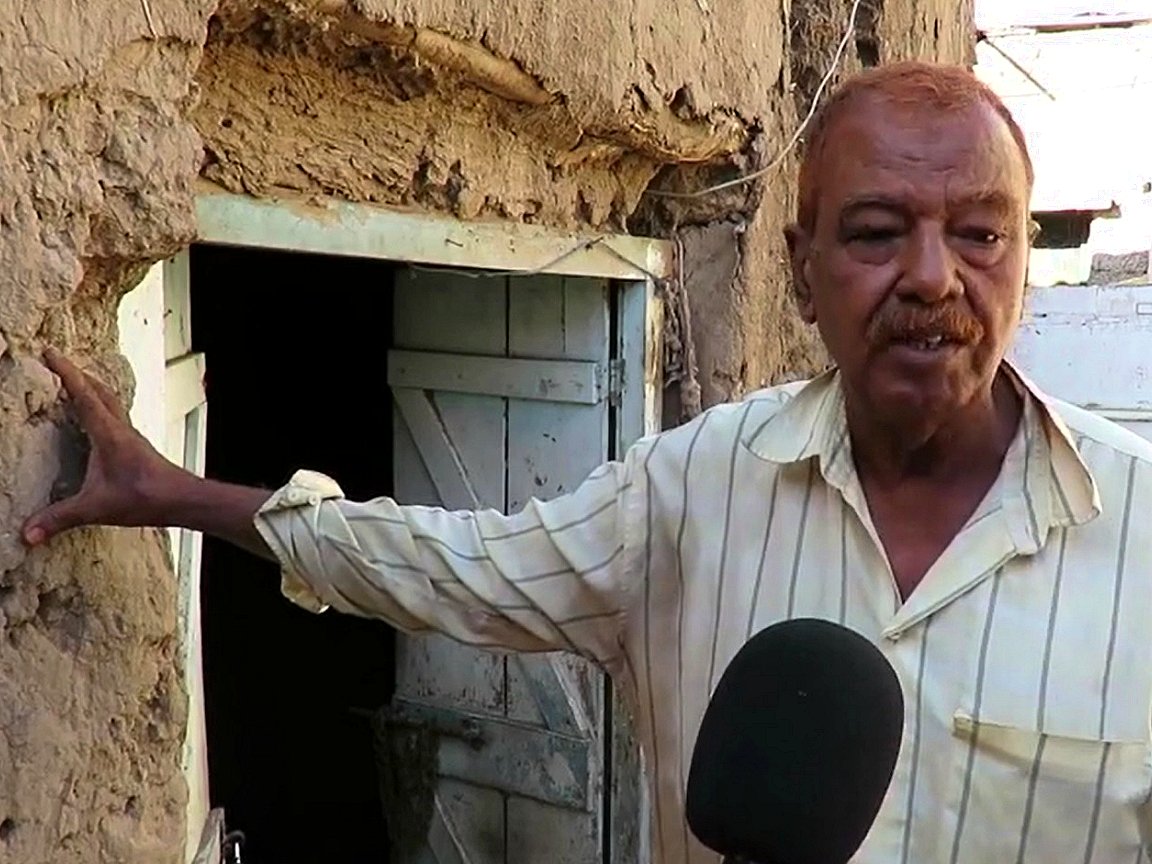
ICRC: Climate change and conflict combine to increase humanitarian needs in the Middle East

By the ICRC
(This story is an ICRC release issued yesterday from Geneva. The new Making Adaptation Work report is available online, together with b-roll video.)
In Iraq, Syria and Yemen, the effects of climate change are being amplified by the consequences of armed conflict. Communities that suffered the direct effects of conflict are disproportionately impacted, with the most vulnerable far from ready to adapt to climate change’s effects.
In Yemen, it is not uncommon for people to flee their homes seeking safety from conflict, only to then leave their new location because the land cannot be farmed.
Three out of four Yemenis rely on agriculture and livestock for their survival, and the climate crisis is pushing communities already reeling from eight years of conflict to the breaking point.
Yemeni farmers have seen their livelihoods destroyed by extreme drought, devastating flooding, and grinding conflict.
“This now-empty dam used to nourish our land. The consecutive dry seasons badly harmed farmers,” said Yasser, who is from Abyan, Yemen. “Many farmers had to leave their jobs and look for other work, as cultivating the land is no longer enough to sustain the basic needs of the families.”
‘We have been living here for generations. These areas were marshes full of water and the lands were fertile. We used to farm all year. Today it’s a total desert’
Desertification affects 39 per cent of Iraq’s territory, and in recent years the sustainability of the agricultural sector has been undermined by many factors, including the aftermath of conflict, water scarcity, increasingly rising temperatures, frequent droughts, and dust storms. As a result, communities residing in areas once known for agricultural activities are now struggling to survive.
“We have been living here for generations. These areas were marshes full of water and the lands were fertile. We used to farm all year. Today it’s a total desert,” said Riyadh, who is from Al Qadasiya district in southern Iraq.
Climate action remains extremely weak in areas affected by armed conflict. Humanitarian actors can play a key role in enabling conflict-affected countries and populations to bear the combined impacts of environmental, climate and conflict impacts on human health. To reach that it is imperative to invest in adaptation programmes that address needs across sectors.
In a just-released report, Making Adaptation Work: Addressing the compounding impacts of climate change, environmental degradation and conflict in the Near and Middle East, the ICRC and Norwegian Red Cross identified some of the major dynamics impacting the most vulnerable communities.
The report also identifies opportunities as well as barriers to support climate adaptation and community resilience in areas affected by armed conflict in the region. The report was developed with technical assistance from the Red Cross Red Crescent Climate Centre.
Saif Saleh, in Al-Hawta, Yemen, told the ICRC: “I am 76 and I have never seen such heat as we see today. We are at war now. We move from one place to another, and after five years I came back to my house which I had abandoned and it has suffered from heavy rains – living in it is a hazard. Many of the people in Al-Hawta have had their houses destroyed. (Video grab: ICRC)